ANCESTRAL TOWNS
Our ancestors came from various shtetls or towns in Eastern Europe. Shtetlach were interwoven together like a tapestry and the Jewish people of neighboring shtetlach were linked by marriages, trade and marketing. They shared schools, cemeteries, kosher butchers, bakers and more. Smaller shtetlach registered their birth, marriages and death in a nearby larger shtetl.
In determining where our ancestors hailed from, one must consider the neighboring areas as well as an individual shtetl. Today, those shtetls are in the countries of Belarus, Lithuania and Poland. The following excerpt, paraphrased from an article by Vladislav Soshnikov, offers perspective on the history of Jews in the Russian Empire:
Jews first appeared on European Russian territory more than 1000 years ago, but they did not inhabit Russia in great numbers until after 1795 when Poland had been partitioned. This brought almost one million unwelcome, Yiddish speaking, Ashkenazic Jews into the Russian Empire. In 1791, Russian Empress Catherine the Great established the Pale of Settlement. It was an area along Russia's western border. She decreed all Jewish inhabitants live within its borders.
The Pale had four major regions: (1) ten Polish guberniyas; (2) six guberniyas in northwestern Russia (Grodno, Kovno, Minsk, Mogilev, Vilno and Vitebsk); (3) five guberniyas in southwestern Russia (Chernigov, Kiev, Podalia, Plotava and Volhynia); and (4) four guberniyas in southern Russia (Bessarabia, Ekaterinoslav, Kherson and Taurida). With some adjustments, this residency restriction remained in force until 1917.
At the time of the of the first All-Empire Census in 1897, ninety-four percent of the empire's five million Jews lived in the Pale.
During the 19th and early 20th centuries, extreme poverty led large numbers of Jews to emigrate from Belarus to the Ukraine. Beginning in the 1880's many emigrated to the US. Emigration ceased with the outbreak of World War 1 in 1914, the Russian Revolution in 1917 and the Russian Civil War from 1919-21. Only a few Jews managed to emigrate after 1921.
GENERAL BACKGROUND INFORMATION
The POMERANTZ, DUBINER, SAFER and KATZ families all lived in relatively close proximity in the Grodno Guberniya. In the 1800's, GRODNA was a big city in the Russian Empire and there was a gubernia named for it. These families mainly inhabited the towns of Kamenets-Litovsk, Kobrin, Pruzhany and Wysokie-Litovsk in the Grodno Guberniya.
The WELLER and ZEMSER families hailed from the Vilna and Kovna Guberniyas and lived in Radin, Kupiskis, Podzelva, Vilna or Kaunas (Kovno). Discussions about the proximity of these towns follow.
This map showing BELARUS is a modern map included to provide perspective:
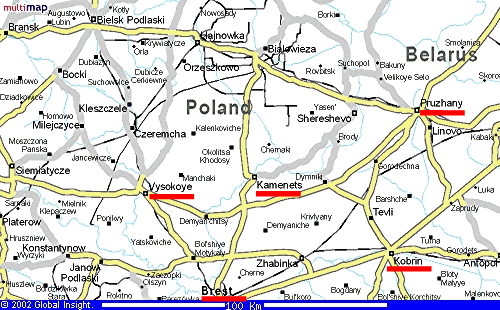
Grodno , Belarus is located at Latitude 53.40.53N and Longitude 23.48.53E. It is at an altitude of 442 feet. The approximate population for a 7 kilometer area from this point is 202,397 people. Other names: Gardinas, Hrodna ... Nearby cities are:
- BIALYSTOK , POLAND ... 47 miles SW
- PRUZHANY ... 82 miles SSE
- SELETS ... 103miles SSE
- KOBRIN ... 103 miles SSE
- BREST ... 108 miles S
- ANTOPOL ... 109 miles SSE
(miles are only an approximation)
Kamenets-Litovsk , Belarus is located at Latitude 52.24.03N and Longitude 23.49.28E. It is at an altitude of 564 feet. Other names: Kamieniec Litewski, Kmenets-Litovskiy, Kamenets-Litovsk, Kamenets-Litevski, Kamenets-Litevske, Kamenets-Litovskiy, Kamyanyets ... Nearby cities are:
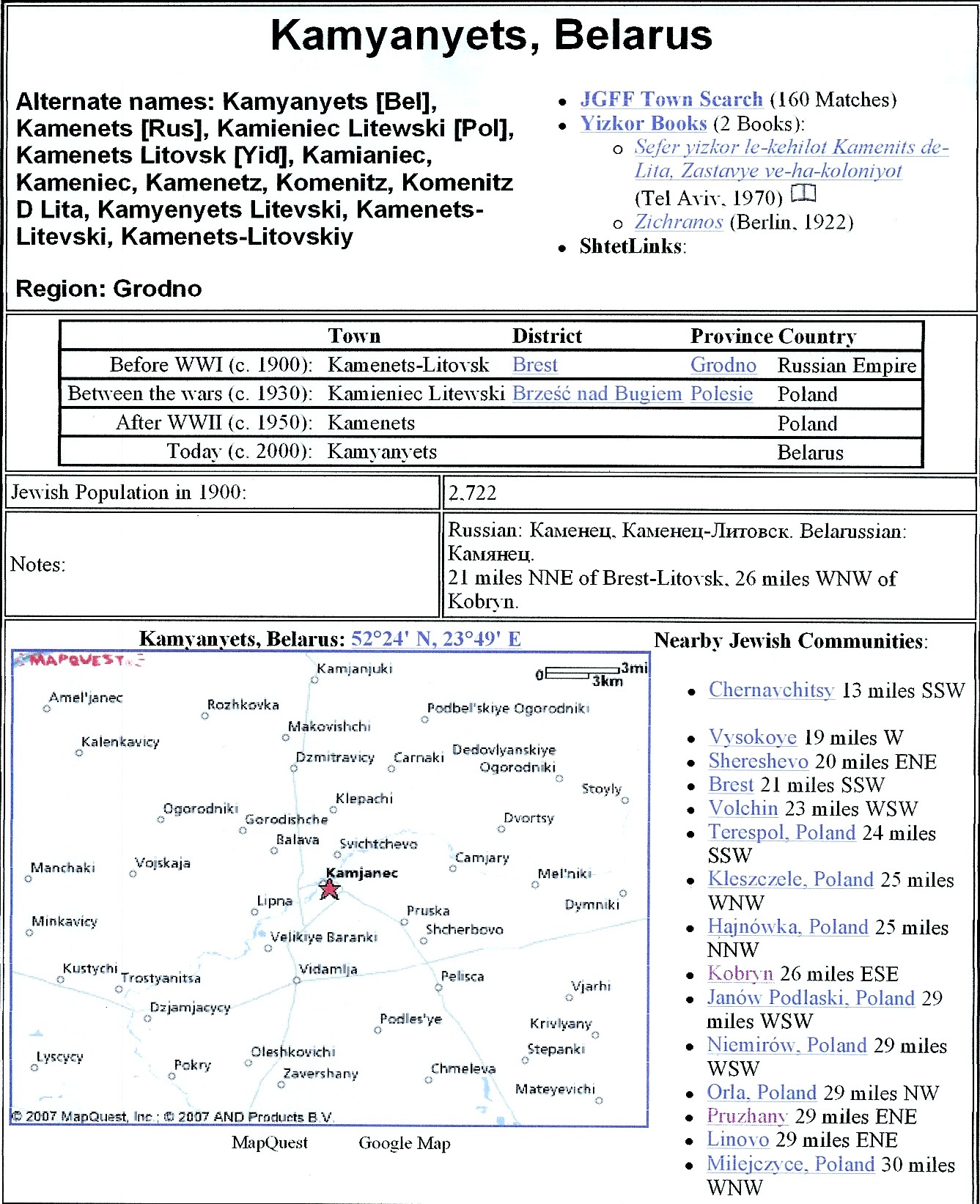
NOTE: ARLENE (RUBIN) STIFFMAN said she tried to visit Kamenets-Litovsk but was not allowed in the area which is now reserved for bison!
Kobrin , Belarus is located at Latitude 52.12.58N and Longitude 24.21.59E. It is at an altitude of 485 feet. Other names: Kobryn, KobPHH'b ...
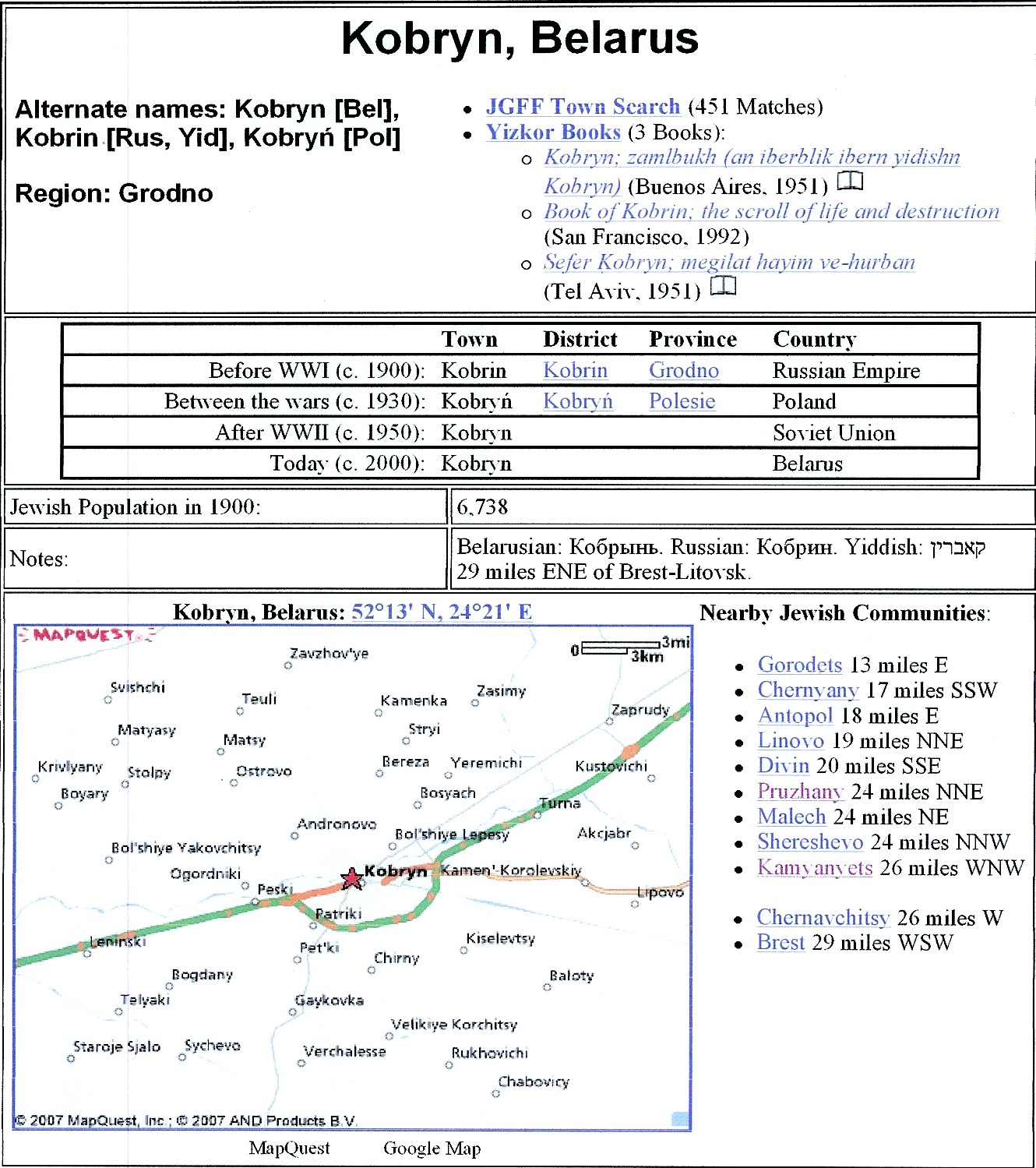
Pruzhany , Belarus is located at Latitude 52.33.24N and Longitude 24.27.52E. It is at an altitude of 541 feet. Other names: Pruzhana, Pruzana ...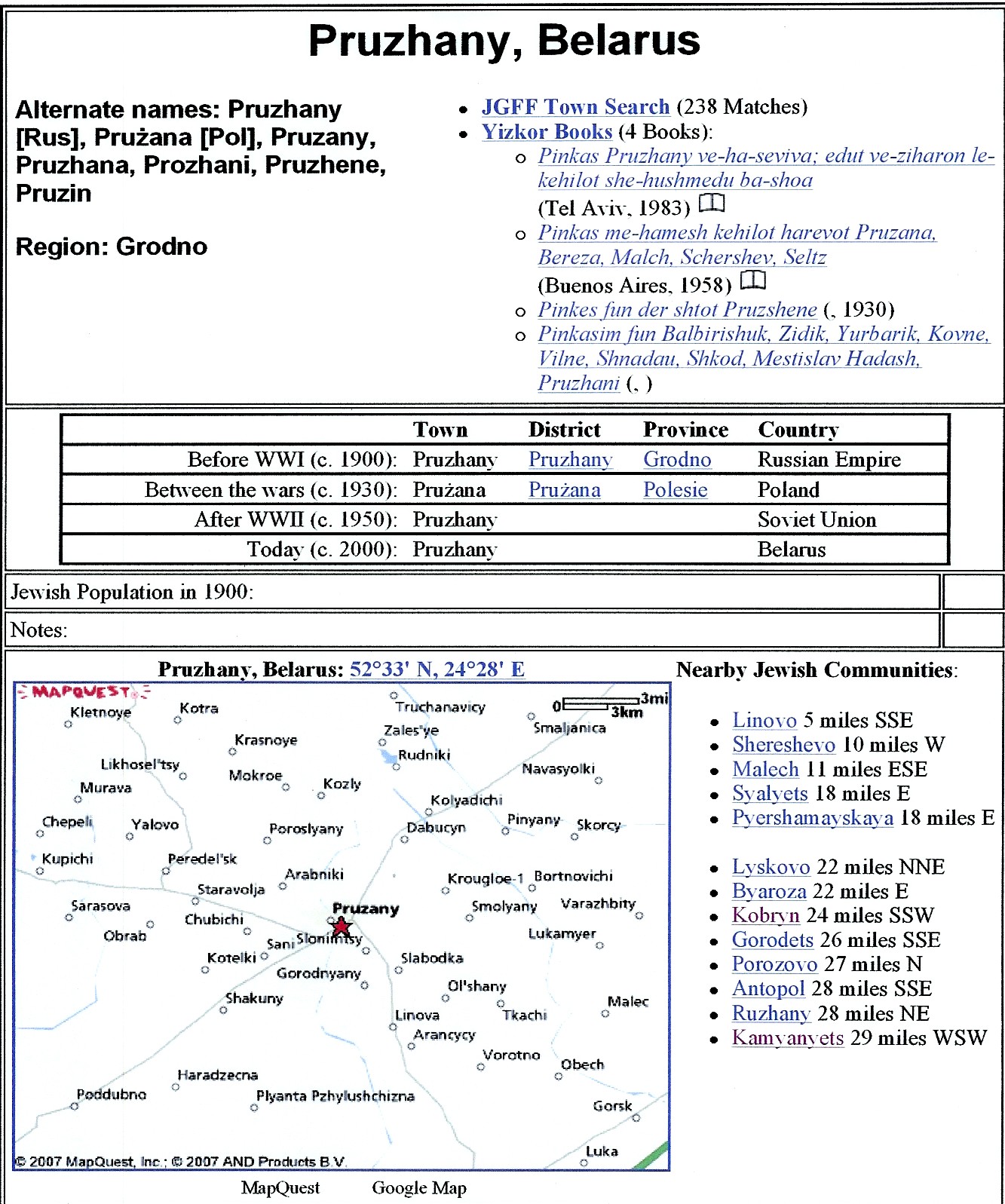
Wysoke-Litovsk , Belarus is located at Latitude 52.22.23N and Longitude 23.22.03E. It is at an altitude of 524 feet. The approximate population for a 7 kilometer area from this point is 2,300 people. Other names: Vysokoye, Vysoko-Litovsk, Wysokie Litewski, Wysokie Litowski, Wysokie Litewskie, Vysoke-Litevske ...
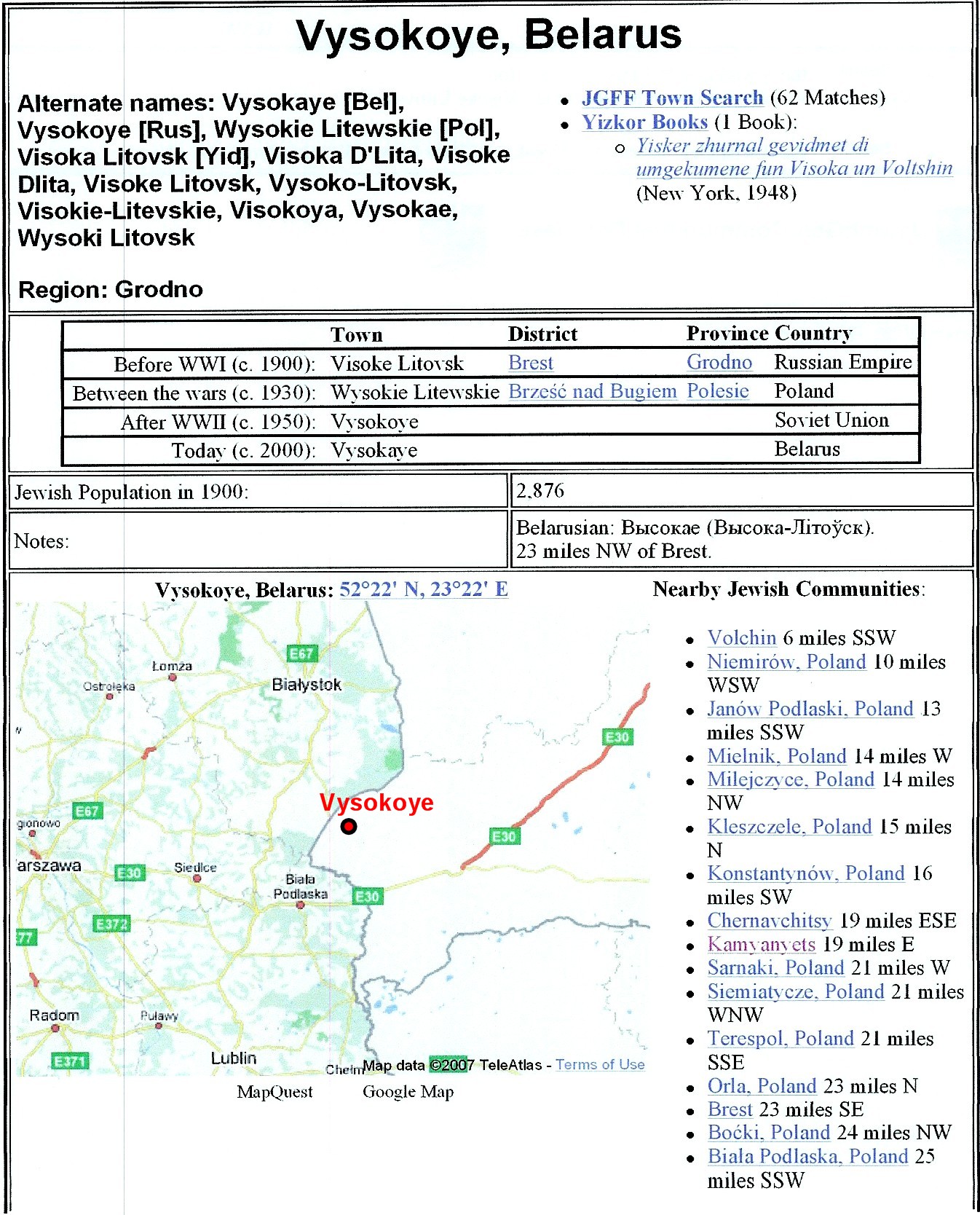
According to the mid-nineteenth century census of 1847 there were the following number of Jews in Brest and the district around Brest:
| Community | Men |
Women |
Total |
| Brisk D'Lita | 3557 |
4579 |
8636 |
| Wlodawa | 147 |
225 |
372 |
| Wysokie Litovsk | 780 |
695 |
1475 |
| Volchin | 328 |
558 |
886 |
| Kamenetz Litovsk | 645 |
806 |
1451 |
| Total of district | 5457 |
6863 |
12,320 |
Currently, Brest (Latitude: 52.06N - Longitude: 23.42E) is part of Belarus. The city is a major city and administrative center of Brest Province. It is situated at the junction of the navigable Mukhovets River and the Western Bug River. Brest is situated in the geographic center of many major cities:
- To the N is Grodno , Belarus - at a distance of 110 miles (176 kilometers)
- To the NE is Minsk , Belarus - at a distance of 203 miles (327 kilometers)
- To the E is Pinsk , Belarus - at a distance of 102 miles (165 kilometers)
- To the SE is Kovel , Ukraine - at a distance of 75 miles (120 kilometers)
- To the S is Lvov , Ukraine - at a distance of 157 miles (253 kilometers)
- To the SW is Krakow , Poland - at a distance of 215 miles (346 kilometers)
- To the W is Warsaw , Poland - at a distance of 115 miles (185 kilometers)
- To the NW is Siemiatycze , Poland - at a distance of 42 miles (68 kilometers)
Over the centuries Brest has been overrun and annexed by many counties and has had many different names:
-
Brest-Litovsk was the Russian name for Brest of Lithuania. In Russian documents it is also referred to as Brestye or Berestov.
- Brzesc, Brzesc nad Bugiem ( Brest on the River Bug) and Brzesc-LitevskIn (Litewski) were the Polish names.
- Brisk was the Yiddish name. In Yiddish documents it is also referred to as Brisk D'lita (Brest of Lithuania). The Jews from Brest called themselves Brisker. The Brisker Jews refer to themselves as Litvish - or Litvaks, which means Lithuanians. This is confusing, as Brest is nowhere near modern Lithuania.
- Brest or Brest Litousk is the Belarusian name.
- Berestia is the Ukrainian name.
- Brastas is the Lithuanian name.
- Brest-Litowsk is the German name.
- It has also been called Brest-L'Tov, Brest L'Vov and Brest L'Wow.
The population of Brest over the years:
- 1556 - Jewish house owners in Brest numbered 106 (12.4%), in a total population of 852. The houses were small, insignificant frame buildings. The only synagogue was also a frame building.
- 1566 - Jewish house owners in Brest numbered 85.
- 1776 - The Jewish population of Brest was 3,175.
- 1887 - The total population of Brest was 44,124.
- 1897 - The Jewish population of Brest city was 30,252 (65%), in a total population of 46,542.
- 1897 - The Jewish population of Brest district (including the city) was 45,902 (21%), in a total population of 218,366.
- 1992 - The population of Brest city was estimated at 284,086.
- 1996 - The population of Brest city was estimated at 293,086.
**************************************************************************
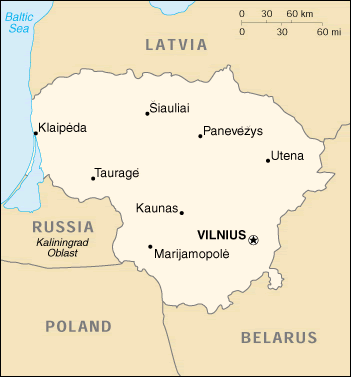
Kovno - Also known as: Kaunas (Lithuanian) Kovna, Kovne is located at the confluence of the Neiman (Nemunas) and Neris rivers, 100 km west of Vilna (Vilnius). Historically the second city of Lithuania, it was the capital from 1918-1940. Under Czarist Russian rule, it was the provincial capital and administrative seat for much of central Lithuania, then known as Kovno guberniya.
Vilna, In Lithuanian Vilnius, in Polish Wilno, in Russian Vilna, in Yiddish Vilne,
capital city of Lithuania. From 1323 capital of the Grand Duchy of Lithuania, between the two World Wars, a district town in Poland, then capital of the Lithuanian S.S.R. from 1940 until 1991. Called by East European Jewry, especially in the modern period, the "Jerusalem of Lithuania" (Yerushalayim de-Lita).
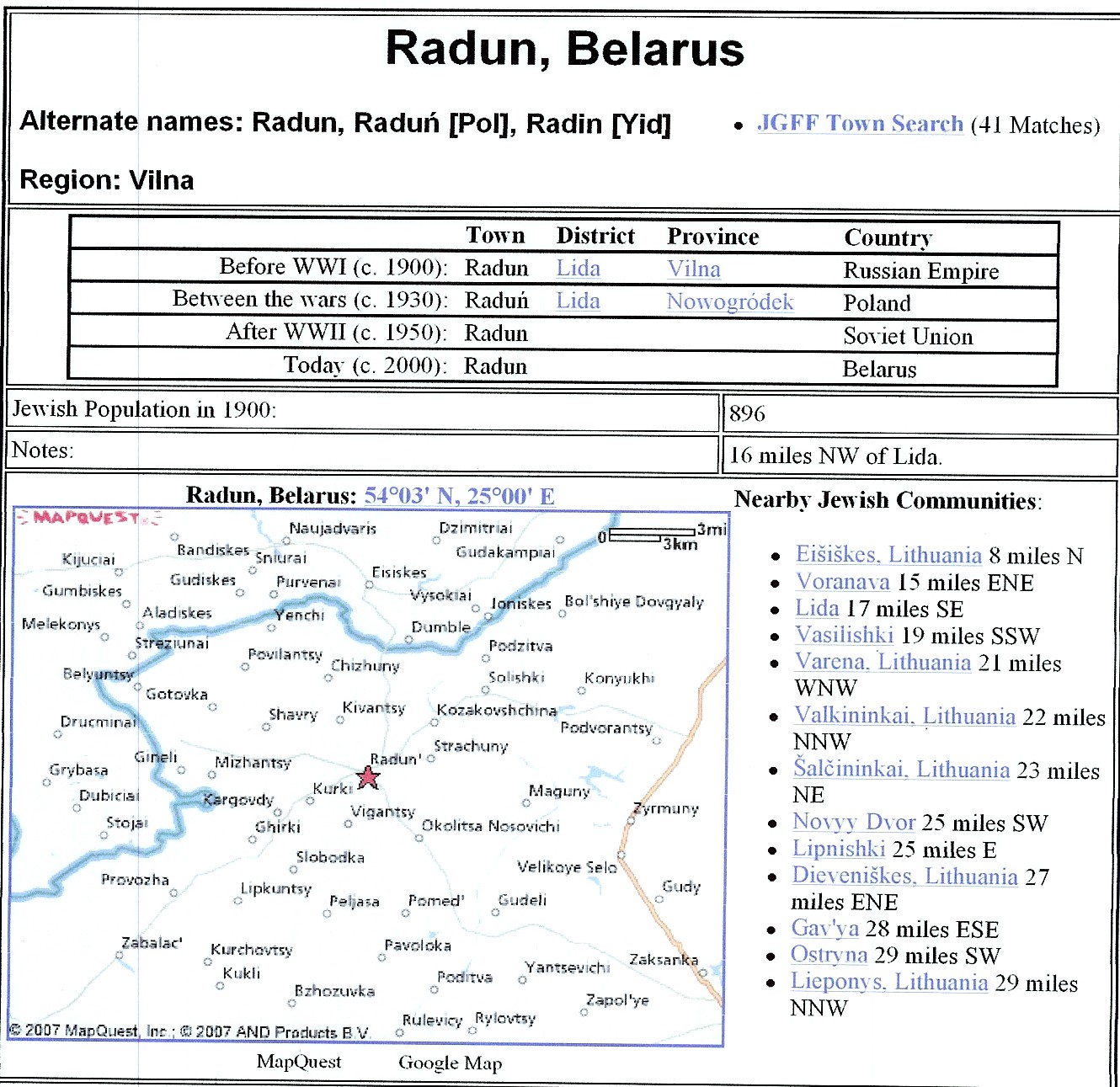
We have found evidence the WELLER's came from PODZELVA:
ZELVA,
The Jewish population in 1939 was about 400. On August 22nd, 1941 the local police chief transferred 125 Jews to the Vilkomir jail. They never returned to Pazelva and were presumably murdered with the Jews of Vilkomir. On the Germans instructed all Jews to assemble at dawn at Motel Heller's barn. From there they were transported by carriages collected from the farmers of the area, to the Pivonija Forest , a distance of about 4 km south-east of Vilkomir, and they were murdered (13 Elul 1941) and buried in a mass grave with thousands of other Jews from the area. Several families managed to hide away in the vicinity, but were rounded up a short while afterwards and were murdered too. After the war a mass grave was found in the Jewish Cemetery in Pazelva, not far from the high school, and 60 bodies were found.
We have found evidence the WELLER's came from KUPISKIS:
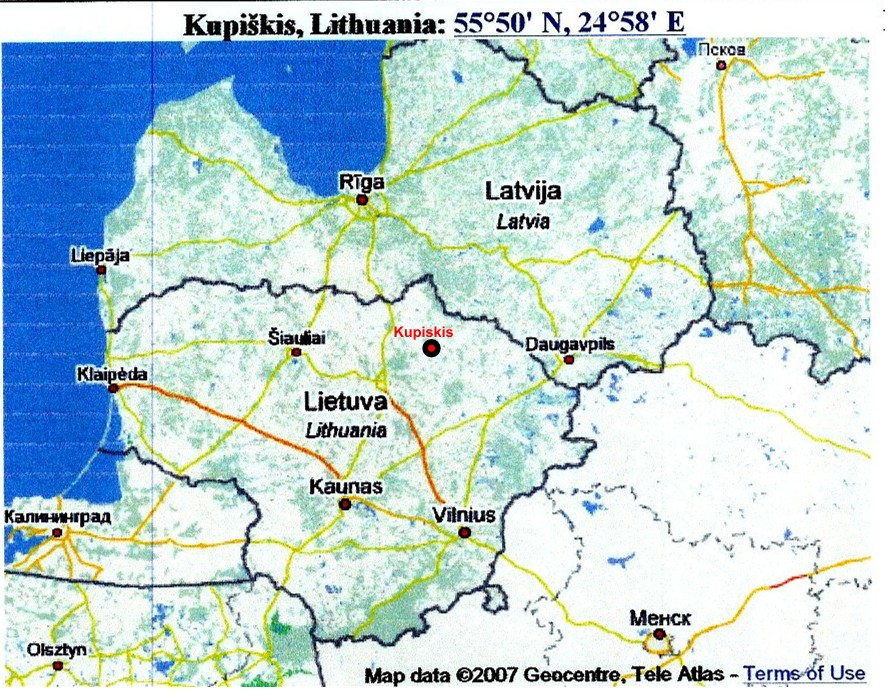
DISCLAIMER: THIS IS WORK IN PROGRESS. WE ARE NOT SURE THIS INFORMATION IS ENTIRELY CORRECT, AND WE KNOW IT IS INCOMPLETE. |